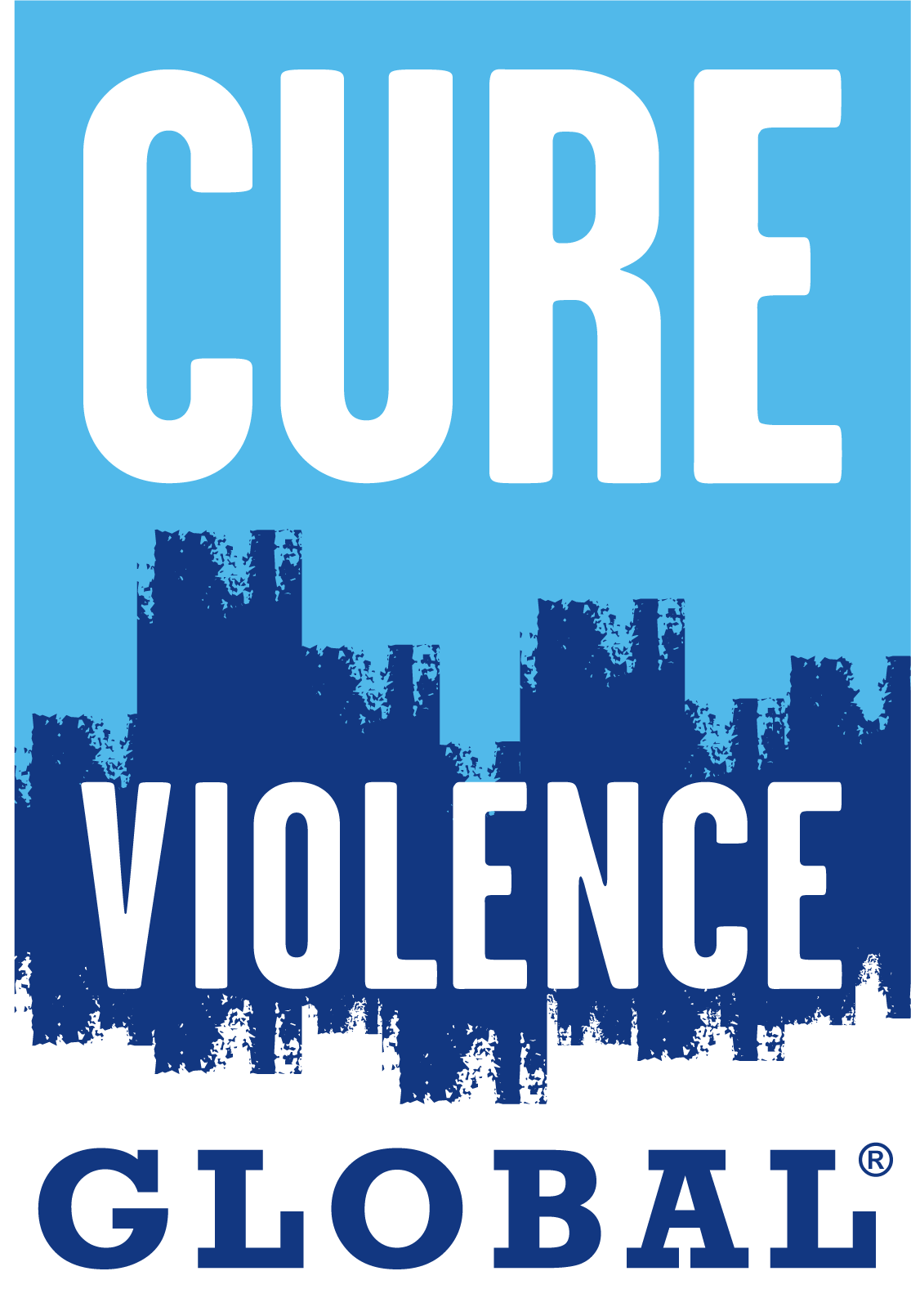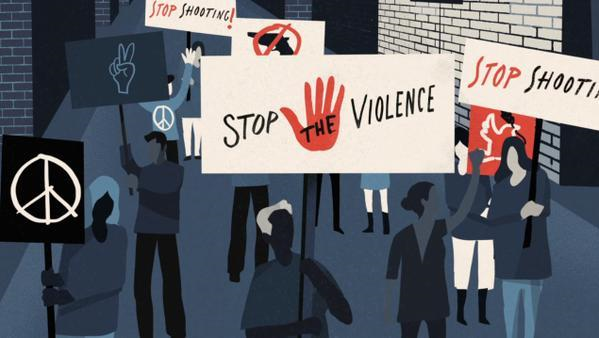As a tumultuous 2017 comes to a close, we remind ourselves of our vision and principles. Cure Violence envisions a world without violence. We are guided by clear principles, including understanding violence as a health issue, that individuals and communities can become safer and healthier, that community partners and strategic partnerships are keys to success, and that trained, credible, health workers can use their influence to talk people out of violence.
Despite the many challenges we all face, we have made great progress towards this vision. Here are some of the highlights from 2017:
Reducing Violence Globally
- The Cure Violence approach is currently being implement in 10 countries across more than 25 cities and 60 communities
- New York City became the biggest replication site ($22.5 million), Chicago had state funding returned and is hiring 100+ workers, Baltimore is in the city budget for the first time with plans for a major expansion of the program, and Omaha and Durham became the newest cities implementing the approach
- Sites in Juarez and Chihuahua (Mexico) had reductions in killings of more than 50% reduction and have plans for expansion
- Programs in Honduras and El Salvador continue to show strong results, with a recent study showing 88% reductions in shootings and killings in communities in San Pedro Sula; the Honduras program expanded in 2017 and the El Salvador program will expand in 2018
- Initial results from an independent study in Trinidad has shown a 67% reduction in woundings and attempted killings.
- Implementation has begun in Colombia and Argentina
- Partnered in the West Bank with the Salam Institute, to create a network of 25 trainers and violence interrupters from the cities of Hebron, Bethlehem, Nablus, Tulkarem, Qalqiliya, Jenin, and Jerusalem; they interrupted over 100 incidents during a period of less than one month and trained an additional 200 youth and adults in the Cure Violence approach
- In November, began a new project in Syria, in collaboration with the Stockholm International Peace Research Initiative (SIPRI), aimed at adding public health into international diplomacy as well as to add interruption and norm change
Cure Violence Organization and Model
- Ranking among the top NGOs in the world rose to #12 overall, and #1 for organizations focused on violence prevention
- Developing a new business model that includes fee-for-service, new city training, spokesperson training, and online training
- Adapting the model to address other forms of violence, including domestic violence, ideologically-inspired violence, and violence in active conflict zones
- Developing a Cure Violence Interrupter Phone App in partnership with DePaul University to improve conflict mediation outcomes and worker safety
Results
- In New York City, John Jay College of Criminal Justice Research and Evaluation Center released an extensive, independent evaluation of the Cure Violence program that showed
- 37% to 50% reduction in gun injuries in the two communities examined
- 14% reduction in attitudes supporting violence (with no change in controls)
- Increased confidence in police and increased willingness to contact police
- In Philadelphia, a Temple University evaluation found a 30% reduction in shootings
- An independent simulation study examining both Cure Violence and policing, found that investment in Cure Violence could actually achieve the same reduction in victimization as a much larger investment in targeted policing
- Many Cure Violence sites have had long streaks with no shootings or killings, including:
- East New York City – 1,000 days without a gun killing
- Central Harlem – one year without a shooting or killing
- Queensbridge – one year without a shooting or killing
The Movement to Make Violence a Health Issue
- Participated in three congressional briefings on violence as a health issue, and out partners have participated in many more
- Co-led a national conference centered on violence as a health issue – the Healing Justice Alliance Annual Conference
- Continued to convene and co-lead a group of more than 400 partners who have joined us as part of the National Collaborative on Violence as a Health Issue, which serves to lead and guide the movement (www.violenceepidemic.org)
- Cure Violence has received extensive and prominent coverage in the media
- The health understanding of violence was feature on Morgan Freeman’s Through the Wormhole on the Science Channel
- The Cure Violence approach has been recommended in New York Times, Washington Post, The Guardian, among others
- Cure Violence sites were featured on The Daily Show with Trevor Noah, PBS Newshour, and on several NPR shows, including, The World, World View, All Things Considered, and Innovation Hub, as well as in the Wall Street Journal, Newsweek, Time Magazine, and The Economist.
- Published important articles explaining violence as a health issue and advocating for it to be understood and treated as such, in the journal Nature and for the World Economic Forum
2017 has been a big year for Cure Violence and our partners. We are grateful for everyone involved in this work and appreciate your support in our efforts. Together, we can cure violence!
Best wishes for a peaceful holiday season!


